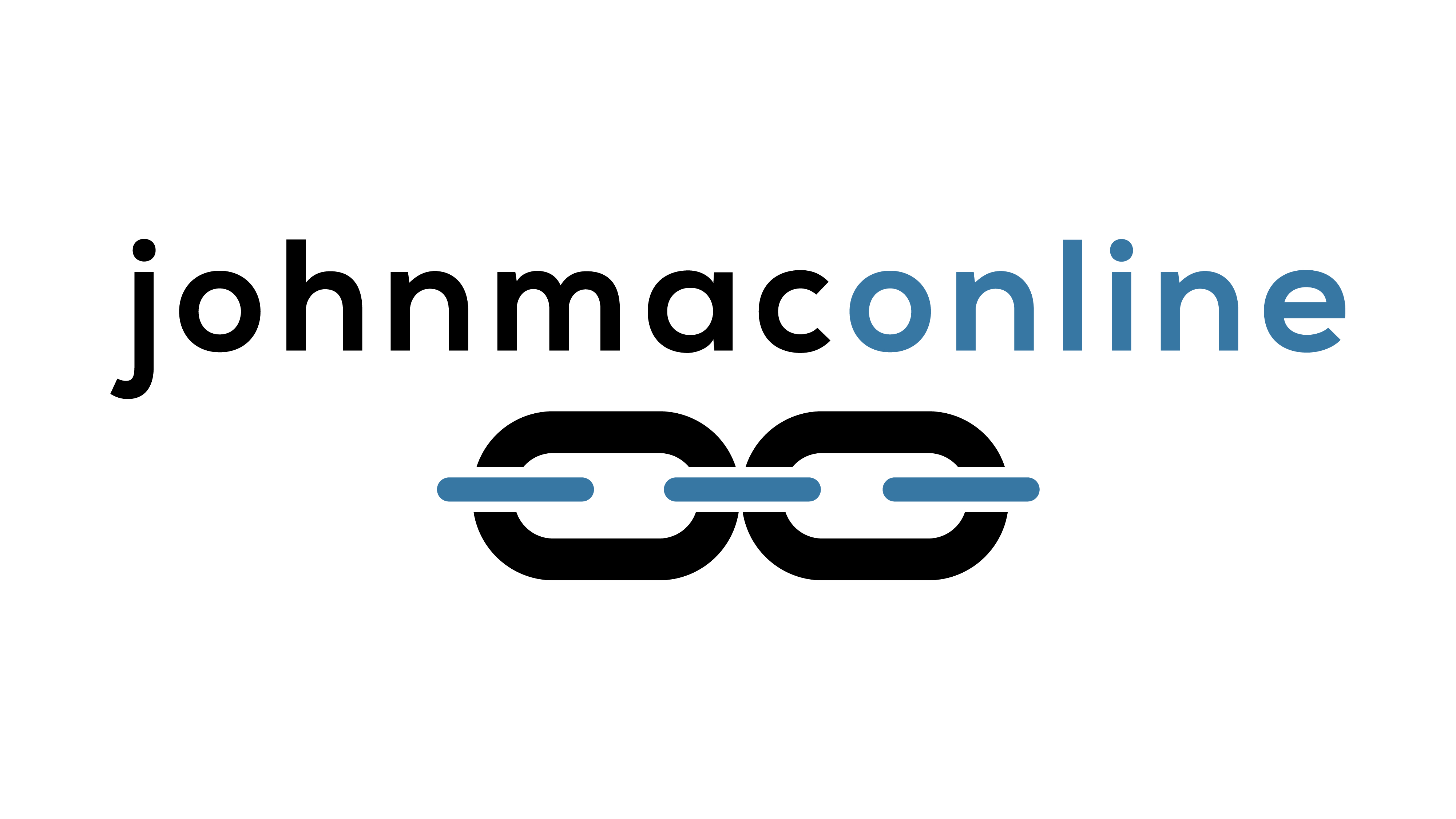I love to write code to automate stuff.
Here’s an example. I spent several weeks (off and on) writing a bunch of code that automatically generates a weekly status report. I schedule it to run once a week and it creates the report I need with zero work from me. Before I wrote that code, it took me about 4 hours to manually create it every week.
Easy and helpful process tradeoff, right? I have 40 hours of coding time into the tool. It saves me 4 hours per week. After 10 weeks, I’m in the black. Forever.
There’s another understated benefit to this automation — consistency. When I did the work manually, certain aspects of the report inevitably differed from week to week based on my time, mistakes, and one-off inclusions or exclusions. Now, that report shows the same stuff, all of it, each week — 100% consistency. The process itself and the output of that process are identical each time.
Investing in process brings consistency to the output. However, it doesn’t always save time — on purpose. Sometimes, the purpose of the process is to slow the whole thing down. Safety, justice, accuracy, and creativity are all reasons that you might want process to slow it down.
Ask yourself what you’re trying to accomplish.
Sometimes, the slow road is the better road.


